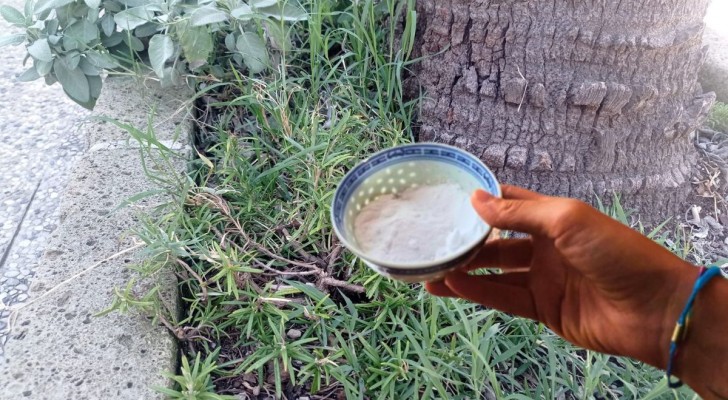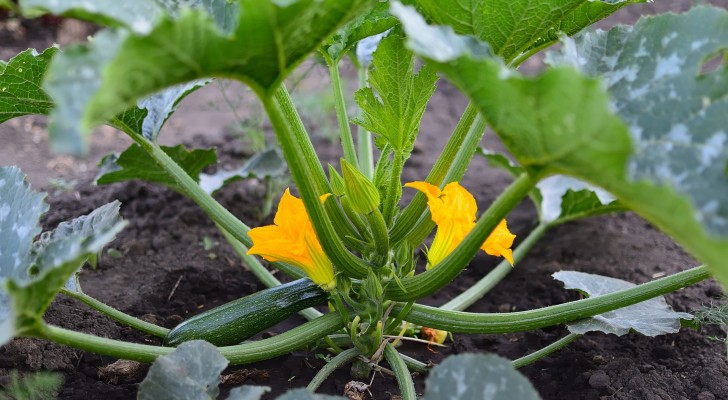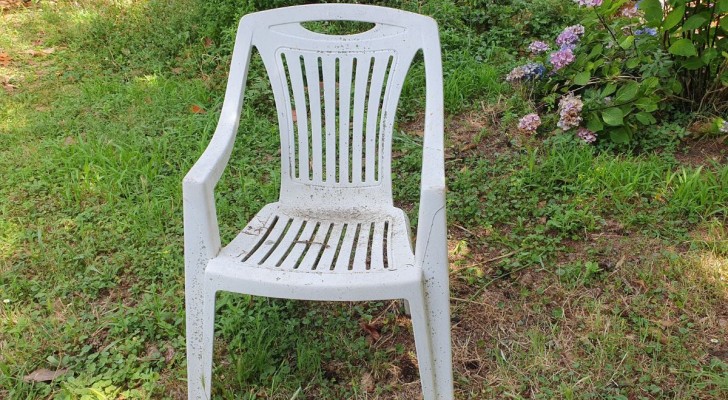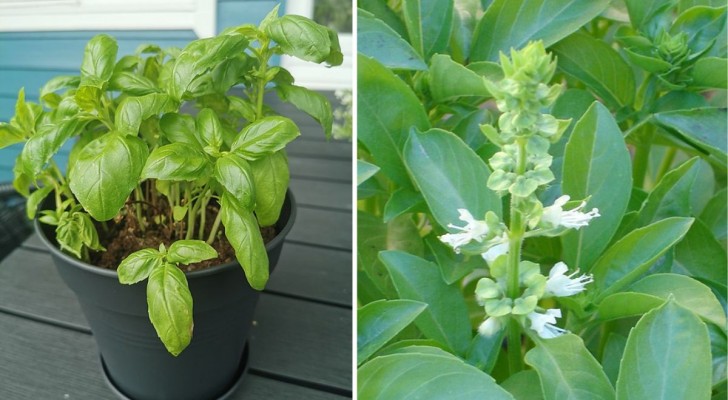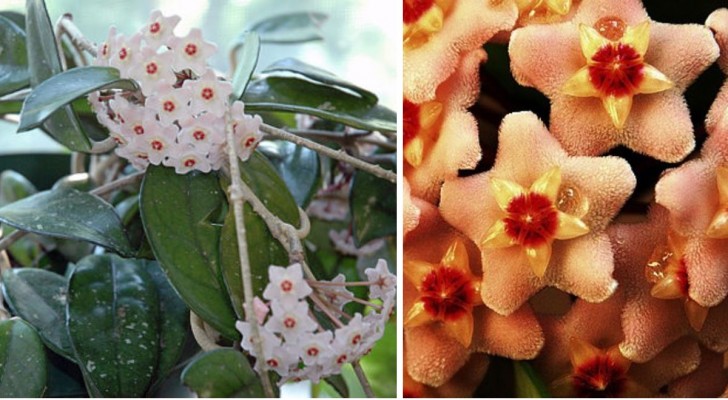Eliminate weeds naturally and effortlessly: 10 useful plants
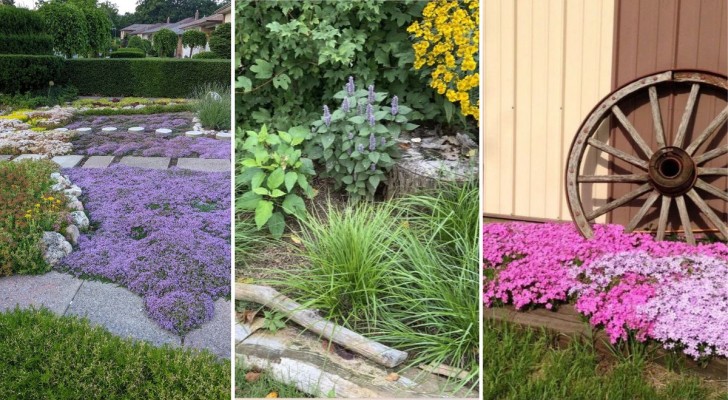
Gardening is a pleasure for many, especially when the plants we cultivate end up giving us wonderful flowers. And gardening is one of the activities that are recommended when one needs to relax, as it helps one to unwind and forget the daily grind.
However, even gardening also has its negative sides - like weeds, for example. Weeds can be harmful for our greenery, absorbing water and essential nutrients our plants need and can even choke our prize blooms. For this reason, we need to ensure we stay on top of the weeding.
If you don't want to resort to using toxic chemicals or constant, exhausting weeding to deal with this problem, we suggest you take a look at 10 plants that can do this chore for you.
1. Carex (Sedge)
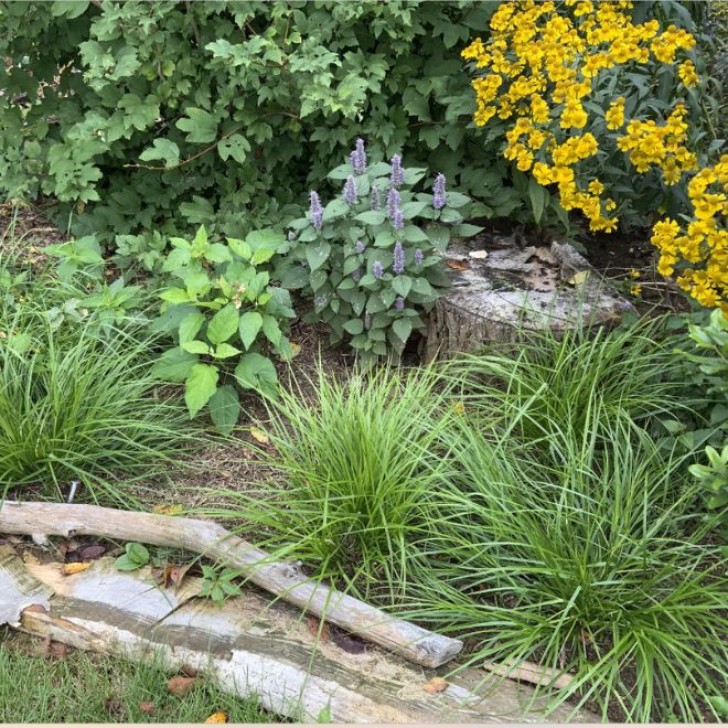
The plant genus Carex includes more than 2000 species, most of which can be found in marshy, humid wooded areas, on heaths and near waterways. However, there are also some species that thrive in sandy soils or mountain climates. A very robust plant and very easy to grow, the Sedge is perfect for keeping weeds at bay in shady flowerbeds and gardens. Sedge loves moist and well-draining soil. In summer, you can also spray its leaves to keep humidity levels elevated. It can resist trampling and repeated pruning. And this makes sedge particularly suitable for almost any garden.
2. Mazus reptans
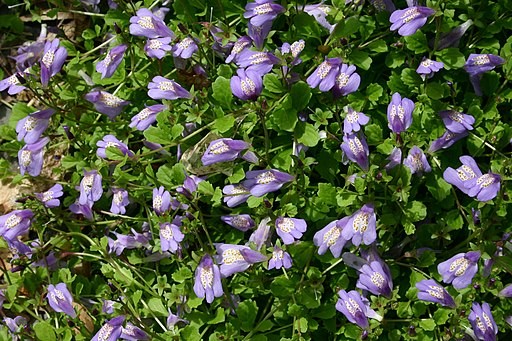
Being a ground cover herbaceous plant, the Mazus quickly covers the area into which it has been planted, forming a "carpet" and leaving no space for weeds to grow. It blooms from April to June, coloring flower beds or pathways with blue-lilac flowers and is perfect for covering the bases of trees and small shrubs. It prefers partial sunlight and can tolerate shade very well. Mazus requires a well-draining soil, should not be over-watered and should be protected from dehydration in winter.
3. Chrysogonum virginianum
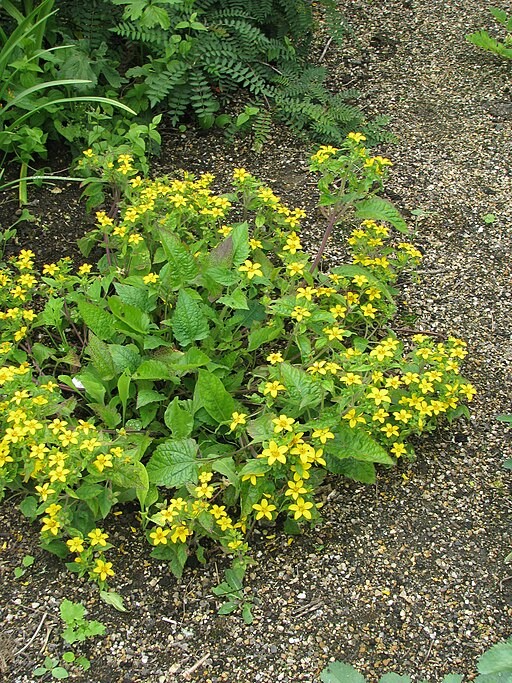
peganum from Small Dole/Wikimedia Commons
Also known as Golden Knee, this plant is a perennial ground cover herb, perfect for ground cover and leaving no room for weeds to grow. It flowers from May through fall with golden yellow, daisy-like flowers. It prefers full exposure to sunlight, but also grows very well in the shade (making it suitable for covering the ground around the base of trees and shrubs); it is also a perfect solution as a pathway border elment, preventing weeds from invading the paving steps in your garden. When placed in full shade, it will produce very few flowers, however. Golden Knee is very easy to cultivate and, starting from the second year, it does not require any special attention.
4. Stachys byzantina

Jean Paul GRANDMONT/Wikimedia Commons
Also known as Lamb's ears, this plant is an evergreen perennial herb characterized by thick, wrinkled leaves covered with a silver-grey down to which it owes its common name. It prefers well-draining soils and positions in full sunlight in northern climes (but being shaded in hotter climates). Forming very dense mats, it is advisable to grow this plant as a stand-alone, as other plants will struggle to make their way through its dense leaves. But it is this density makes it perfect to deter the growth of weeds.
5. Azalea
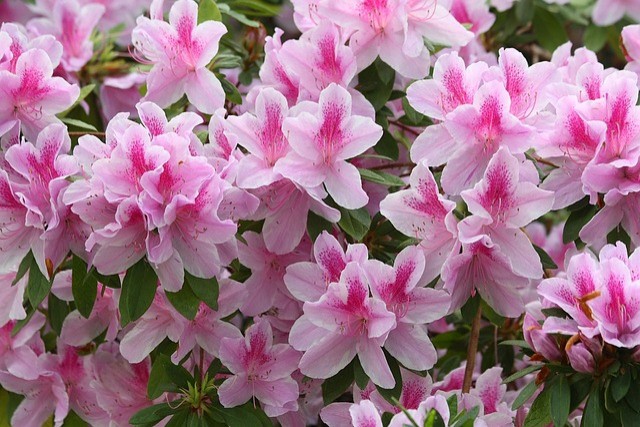
The azalea is widely used for ornamental purposes due to its showy blooms. It is a small shrub with very dense foliage that allows you to add a splash of color to your garden while also dealing with weeds. It prefers full sunlight and well-draining soil. It resists to low temperatures quite well, but in very cold climates, it is advisable to place it where it is sheltered from the wind. In hotter climates, it is best planted in partial shade.
6. Climbing thyme
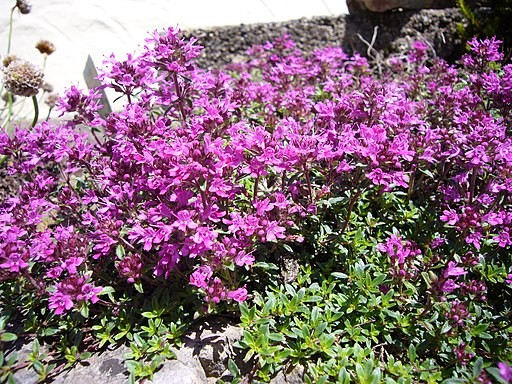
Own Herby talk thyme/Wikimedia Commons
A creeping herbaceous plant which is very easy to cultivate, climbing thyme quickly forms a carpet on the ground, preventing the proliferation of weeds. It blooms throughout the summer, filling the air with a pleasant scent. This plant is widely used in landscaping projects (together with other species) to create beautiful contrasts or to attract pollinators with its scent. It prefers exposure to full sunlight and moderately dry, well-draining soils.
7. Sweet woodruff
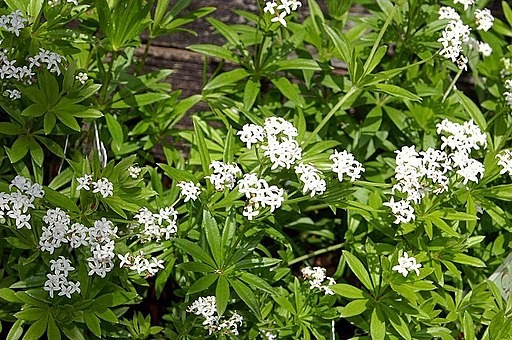
David J. Stang/Wikimedia Commons
Originally grown for its fresh scent, sweet woodruff is perfect for shaded gardens, where it will stop any weeds from spoiling the harmony whilst also providing a pleasing look. It prefers moist, well-draining soils that are rich in nutrients and spreads quickly without too much special care.
8. Creeping phlox
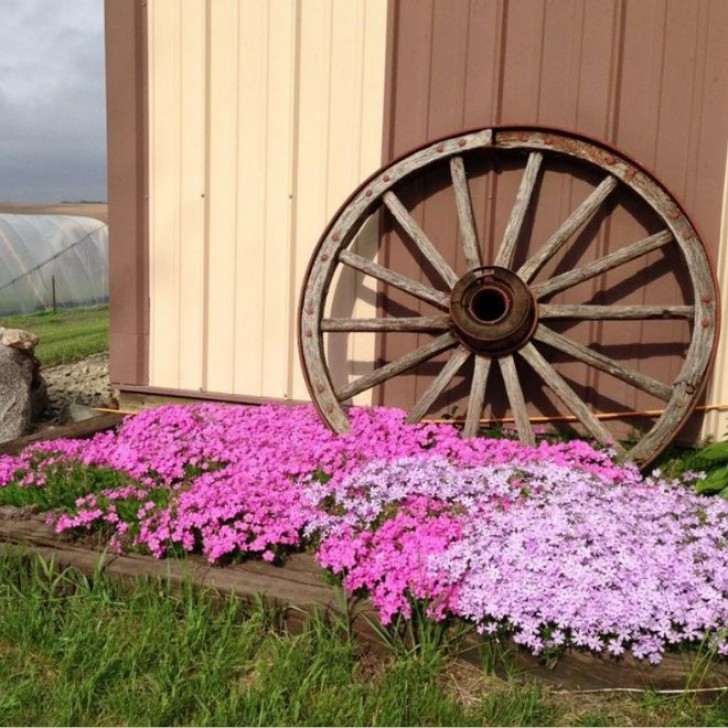
Phlox is perfect if you want to add color to your garden while preventing weeds from taking over: in fact, this plant produces a compact mass of leaves, which give way to dense blooms in shades of pink, white and purple in late winter and early spring. It prefers full sunlight and well-draining soil, but some species will tolerate partial shade.
9. Yarrow
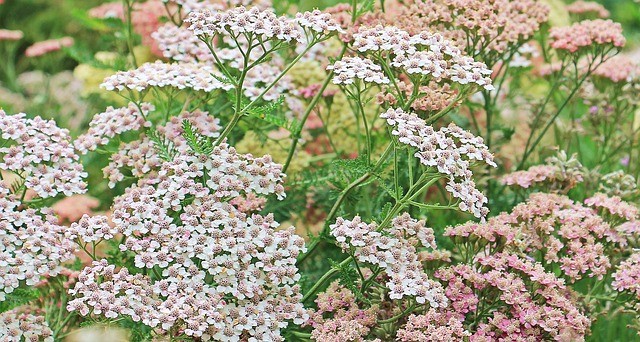
A perennial herb characterized by small clusters of white, orange or pink flowers, yarrow can be an excellent weed deterrent when grown in groups. Very common in the mountains and unattended gardens and meadows, this plant has very few needs and grows very well in any type of soil. It's best placed in a sunny spot if you want to encourage flowering.
10. Ajuga reptans
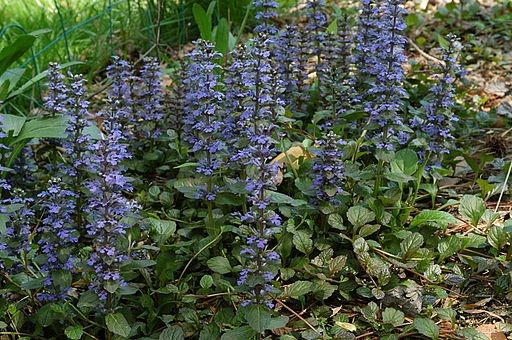
G. Edward Johnson/Wikimedia Commons
Commonly called Bugola, Ajuga reptans is a very easy ground cover to plant and grow. Its lavender-colored flowers contrast with its rich, dark foliage and it will attract pollinators. It can adapt to most soil types and prefers semi-shady spots. Very suitable for flowerbeds, walkways and low hedges under shrubs and trees, be careful to choose the least prolific of the varieties in order to keep it under control more easily.
Which of these weed-preventing plants will you go with?
